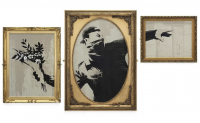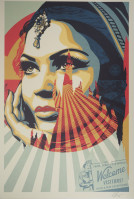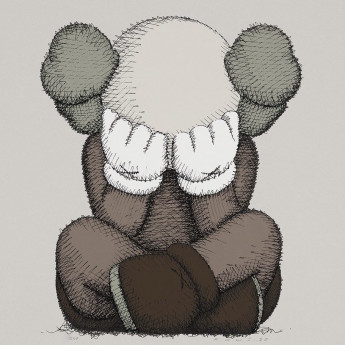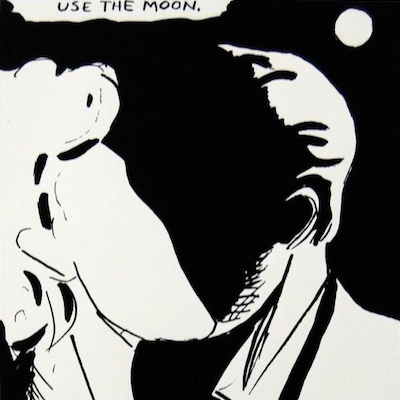
Details
Artist
Styles
Spray-paint in colors on canvas - Dated and numbered in black marker on the reverse // Banksy’s Precision Bombing, created in 2000, is a powerful piece of street art rendered using spray paint on canvas. The composition shows a group of silhouetted figures, including suited men and a car, walking in a seemingly ordinary scene. However, the image is disrupted by the presence of a green crosshair targeting one of the figures and the vehicle. This stark contrast between the mundane and the violent imagery is typical of Banksy’s provocative style, making a statement about surveillance, control, and the militarization of society. The minimalist color palette and bold stenciling enhance the tension within the piece, amplifying its political message. The artwork is dated and numbered on the reverse, marking its place as a significant example of Banksy's early work.
Precision Bombing, 2000
form
Medium
Size
43 x 47 cm
- Inches
- Centimeters
Edition
Range
- USD
- EUR
- GBP
Details
Artist
Styles
Spray-paint in colors on canvas - Dated and numbered in black marker on the reverse // Banksy’s Precision Bombing, created in 2000, is a powerful piece of street art rendered using spray paint on canvas. The composition shows a group of silhouetted figures, including suited men and a car, walking in a seemingly ordinary scene. However, the image is disrupted by the presence of a green crosshair targeting one of the figures and the vehicle. This stark contrast between the mundane and the violent imagery is typical of Banksy’s provocative style, making a statement about surveillance, control, and the militarization of society. The minimalist color palette and bold stenciling enhance the tension within the piece, amplifying its political message. The artwork is dated and numbered on the reverse, marking its place as a significant example of Banksy's early work.
- Recently Added
- Price (low-high )
- Price (high-low )
- Year (low-high )
- Year (high-low )
What is Comic Strip Art?
Comic strip art refers to artwork that utilizes the subject matter and commercial printing techniques found in comic strips. In the 1960s, a group of artists began creating paintings that incorporated Ben-Day dots—commonly used in comics and advertising—to produce highly graphic designs in bright colors, using traditional art media.



























